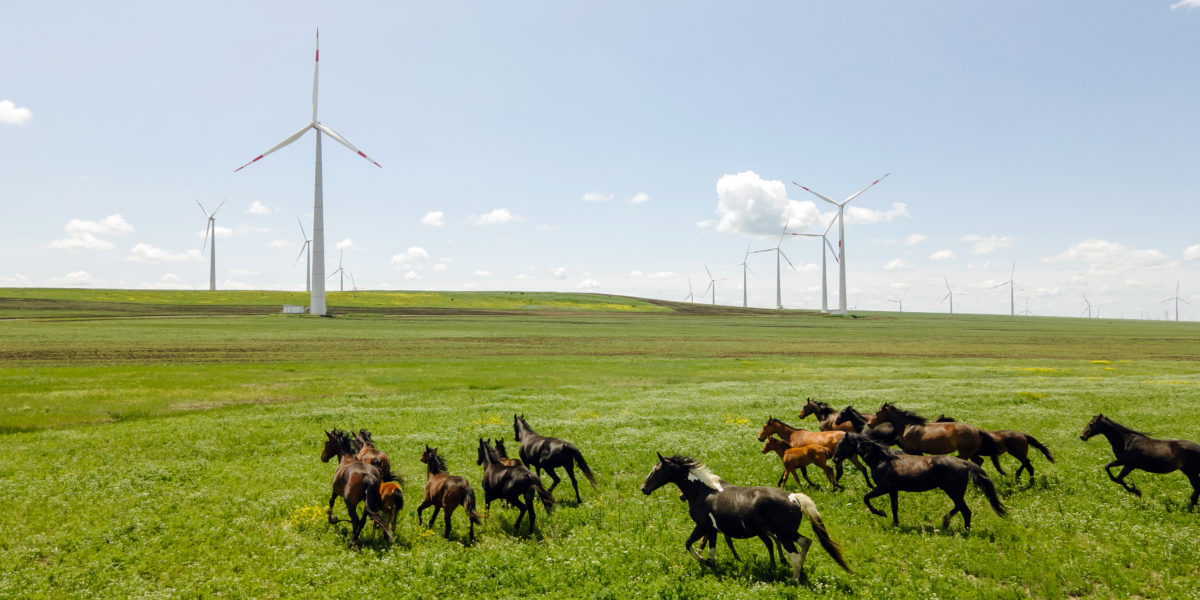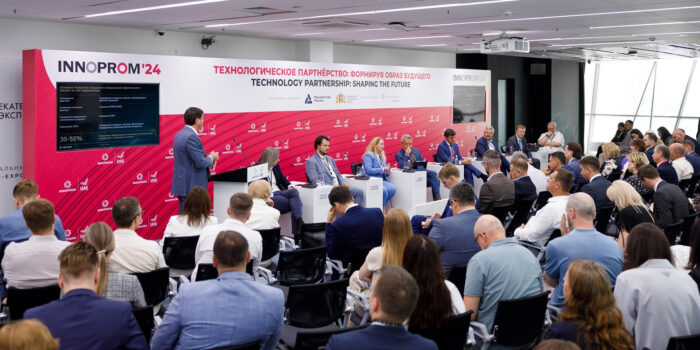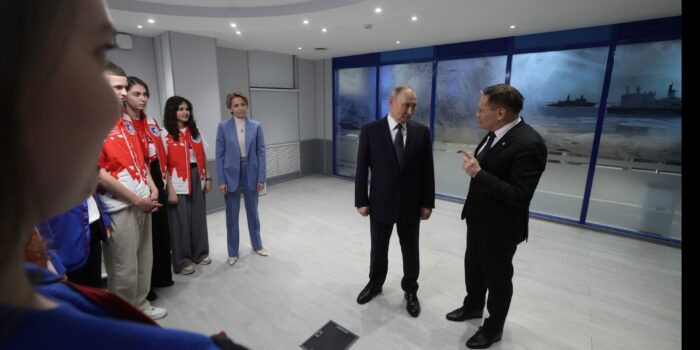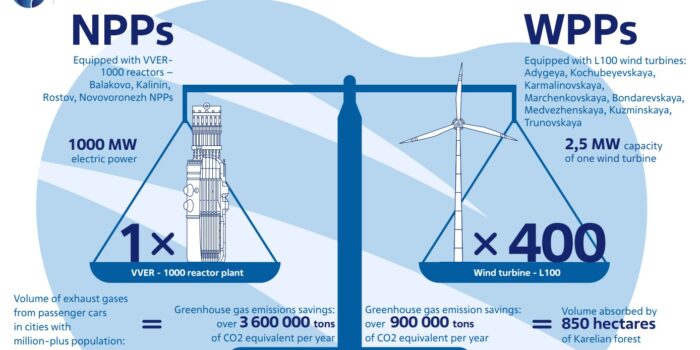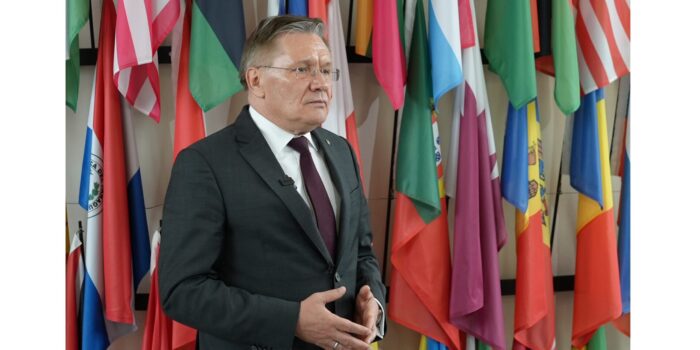Rosatom’s products are aimed at improving the quality of people’s lives and contribute to the achievement of the UN Sustainable Development Goals. Rosatom’s green product line contains solutions for low-carbon energy and carbon footprint reduction, as well as for improving people’s quality of life.
Rosatom product line contribution to sustainable development
Rosatom’s product line is directly related to the priorities of the UN SDGs.
Our core product, nuclear power, is a stable source of clean energy to target energy transition. Apart from development of the traditional businesses, Rosatom product portfolio includes wind energy. The company is also developing low-carbon technologies of hydrogen production.
Moreover, we are developing product lines aimed at improving the quality of people’s lives. These businesses include nuclear medicine, multifunctional irradiation centers, water desalination solutions, waste management, composite materials, etc.
Rosatom products to support energy transition
Since climate agenda is among our top-priorities, Rosatom is developing green technologies to support energy transition.
Our nuclear energy solutions include not only large nuclear power plants. On-land and floating small modular reactors are designed to provide stable energy to remote areas.
In 2017, Rosatom entered the wind energy market, and today the company is the largest wind farm developer and operator in Russia.
We develop energy storage solutions for the auto industry and the power grid complex.
Moreover, there is serious technological capacity in hydrogen energy development.
NPP contribution to sustainable development
A large NPP construction project is providing significant positive input into the improvement of quality of life in the region.
It develops local industry and infrastructure.
Creates new jobs guarantying stable employment, since an NPP operates 24/7 for more than 60 years.
Following the demand for skilled labor, quality of education and science is developing.
Green nuclear energy
Nuclear energy is vital in achieving net-zero
Nuclear energy has no direct CO2 emissions. Moreover, greenhouse gas emissions throughout nuclear life cycle are minimal, which puts it on a par with wind, solar and hydro generation. The results of international studies also confirm low-carbon nature of nuclear energy.
Today, nuclear energy accounts for more than 25% of the world’s low-carbon electricity generation.
Nuclear power provides 60 years of stable electricity generation on a 24/7 basis with the possibility of extending the service life. Achieving global climate goals is impossible without nuclear energy.
Nuclear energy is an important part of climate agenda in Russia
Today, Russia ranks fourth in the world in terms of installed NPP capacity.
Nuclear provides half of Russia’s low-carbon generation, and the share of nuclear in electricity generation structure remains stable at 20%. By 2045, the share of nuclear generation is to be increased up to 25%.
Due to clean nuclear energy, every year greenhouse gas emissions in Russia are 100 million tons less than if NPPs were not in the energy mix.
In Russia, nuclear energy accounts for the annual reduction of approximately 7% of total greenhouse gas emissions.
The EU Green Taxonomy requirements for nuclear energy
When speaking about the green nature of nuclear energy, the list of green requirements is wider than just climate impact. These requirements are usually formulated in green Taxonomies. Such Taxonomies are developed and implemented in more than 30 countries of the world, including Russia, China, Kazakhstan.
Based on the example of the most detailed taxonomy to date – namely the EU Taxonomy, the requirements for nuclear energy can be divided into 4 main groups: confirmation of the minimum level of greenhouse gas emissions, safety criteria for the NPP operation, the criteria for closing the nuclear fuel cycle, and safety criteria related to the radioactive waste management and NPPs decommissioning. Compliance with these criteria means minimizing risk of harm to the environment, human life and health.
Nuclear energy has all the necessary prerequisites for qualifying as green and including in long-term energy transition strategies. In 2022, Rosatom experts conducted a detailed analysis of the Russian nuclear technologies compliance with the EU Taxonomy criteria. The results of the study are posted publicly on Rosatom official website in the Sustainability section.

